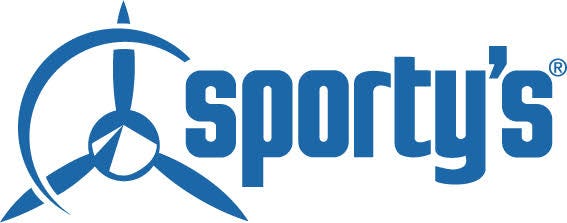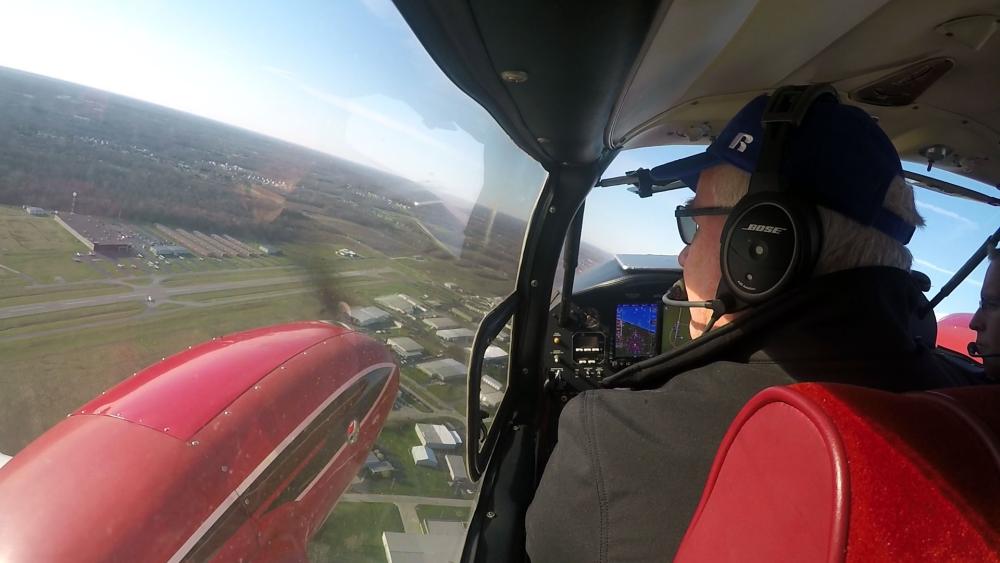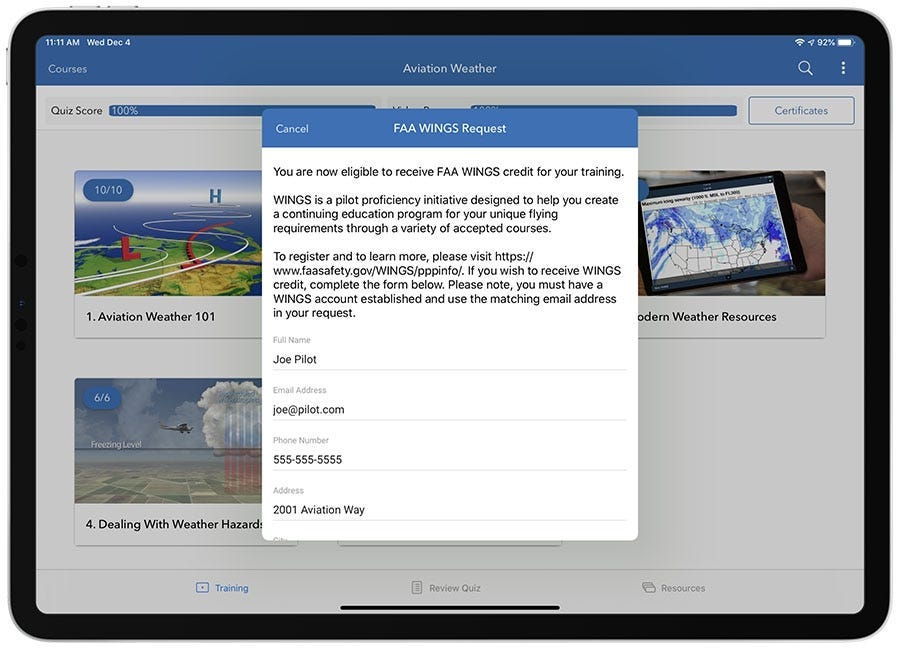Lightspeed just introduced the new Zulu 4 headset. It has the latest and greatest features of a modern, premium ANR headset. But Lightspeed already has a premium ANR headset that is almost $200 more expensive: the Delta Zulu. What is the difference between these two juggernauts, and which one should you buy? Let’s look at the differences.
One of the first things you’ll notice is the color. The black color might not seem like a big deal, but this helps reduce the amount of reflected glare you get in the windshield. The black color looks a little more modern and should show less wear and tear over time.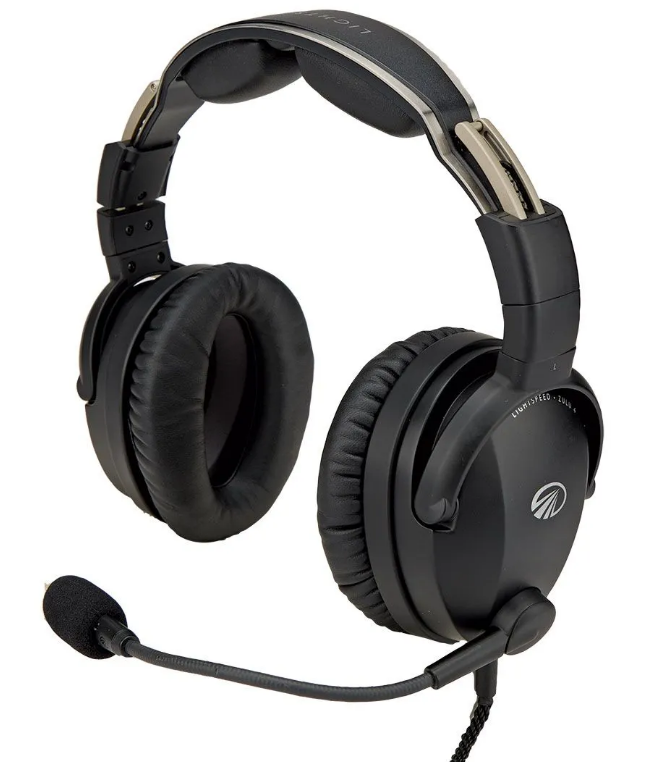
Lightspeed has changed its ear seal technology in the Zulu 4 to what they call FrameFit ear seals. These ear seals were designed with a different foam density towards the top of the seal. This provides a more flexible seal to work around sunglasses as well as less squeeze on longer flights.
The microphone on the Zulu 4 features some significant improvements. A small but important change was adding length to the mic boom. This puts the microphone directly in front of your mouth, making it easier to break squelch. The mic is also AI-enhanced to help remove background noise when using the Zulu 4 to make phone calls. This is a pretty big deal when trying to get an IFR clearance at a non-towered field.
A first in aviation: the Zulu 4 has dual Bluetooth capability. This allows you to connect to an iPad and an iPhone at the same time, without unpairing and re-pairing. You can have an iPad connected to your headset for app alerts and easily switch over to your phone to call ATC for that IFR clearance. When you’re done with the phone call, the LightSpeed Zulu 4 automatically switches back to the iPad.
Both headsets feature Lightspeed’s insane attention to detail in their build quality: a stainless steel headband, magnesium ear cups, and a Kevlar cable are all backed by an industry-leading 7-year warranty. 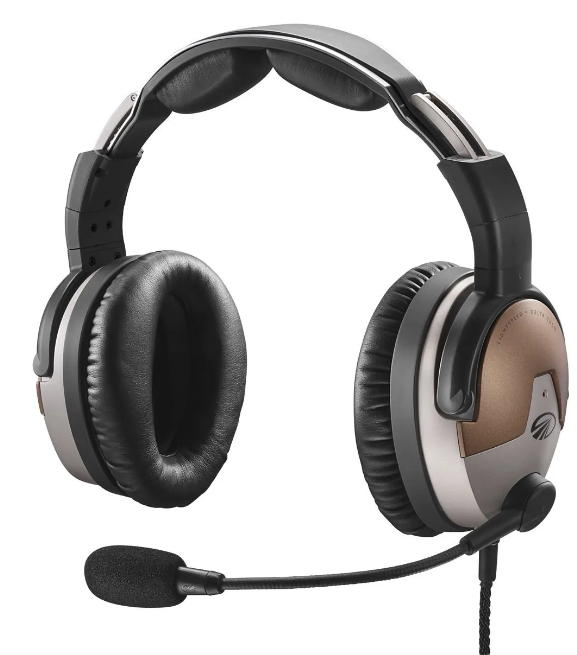
So what’s the difference? There are three items that you’ll find on the Delta Zulu and not the Zulu 4:
- CO detector. The Delta Zulu has an integrated CO detector in the ear cup. This is a nice add-on if you’re not already flying with one, and the alerts can be heard directly in the headset or in the companion app.
- Rechargeable batteries. The Delta Zulu uses more juice, but having rechargeable batteries makes up for this negative. It even includes an alkaline battery pack as a backup. The only negative here is the connector they are using to charge the battery pack. It’s not a very common connector, so make sure you keep the cable.
- HearingEQuity. The Delta Zulu allows the user to customize the sound to their liking. Similar to a test you would take when getting a hearing aid, pilots can identify the frequencies of noise that are difficult to hear, and the Delta Zulu can compensate.
The CO detector and rechargeable batteries come at a price. The Lightspeed Delta Zulu is around $200 more expensive than the Zulu 4. Which one is right for you? Only you can answer that question. Both are available online at sportys.com.
Watch our video PIREP for the new Lightspeed Zulu 4 below for more:
